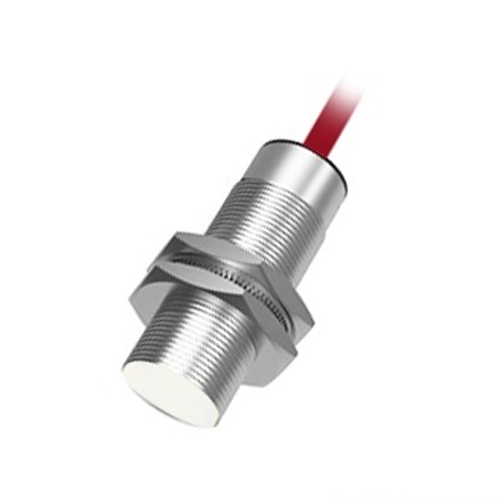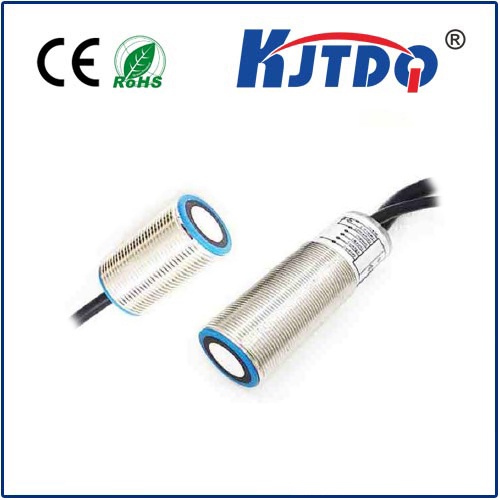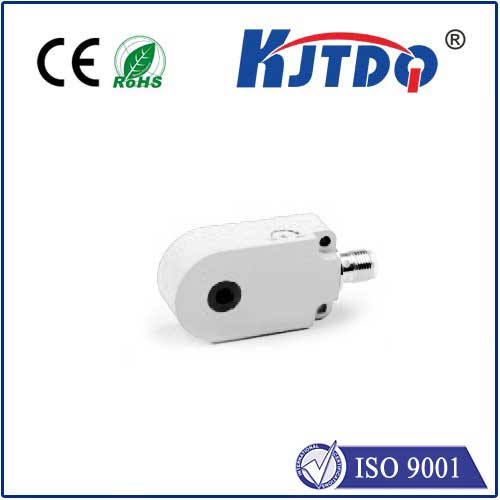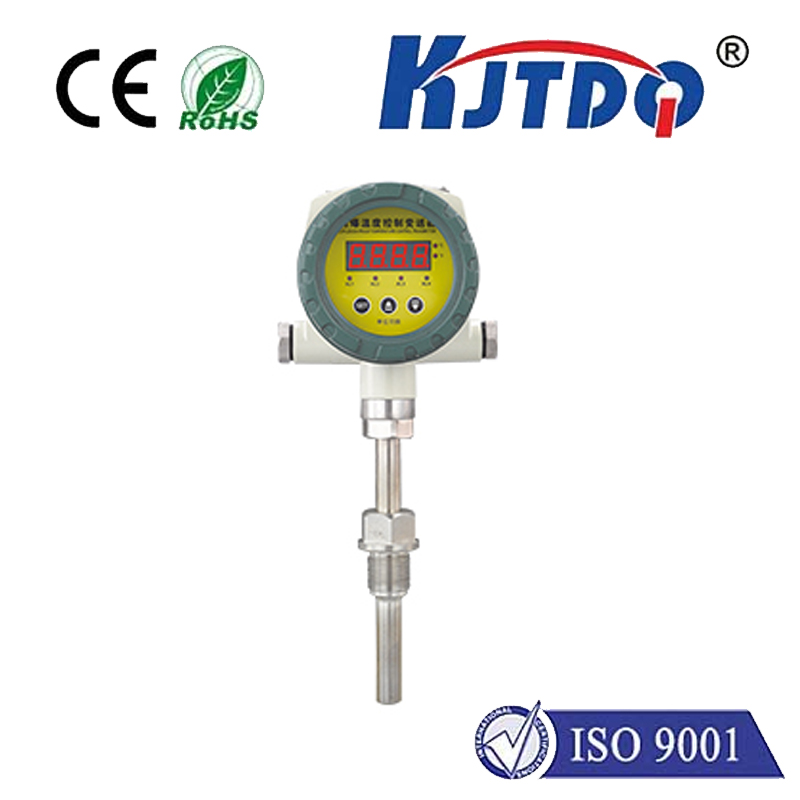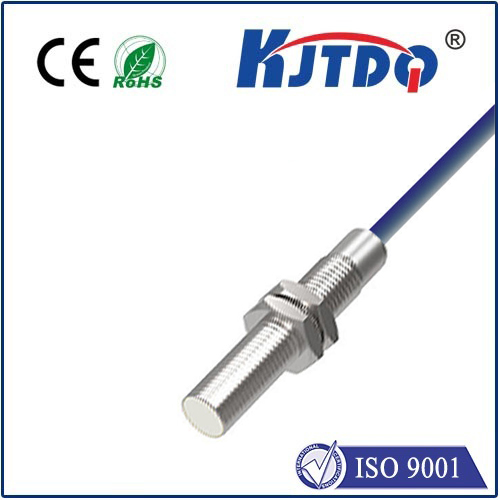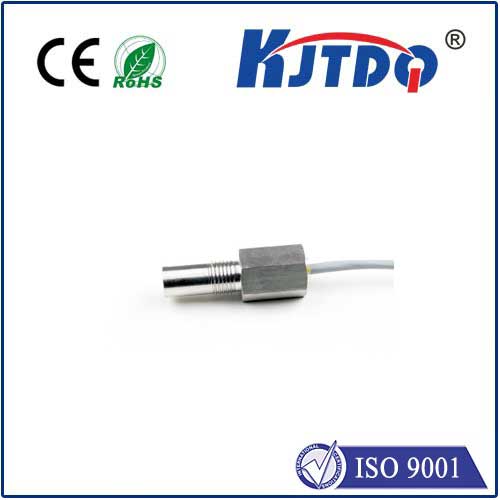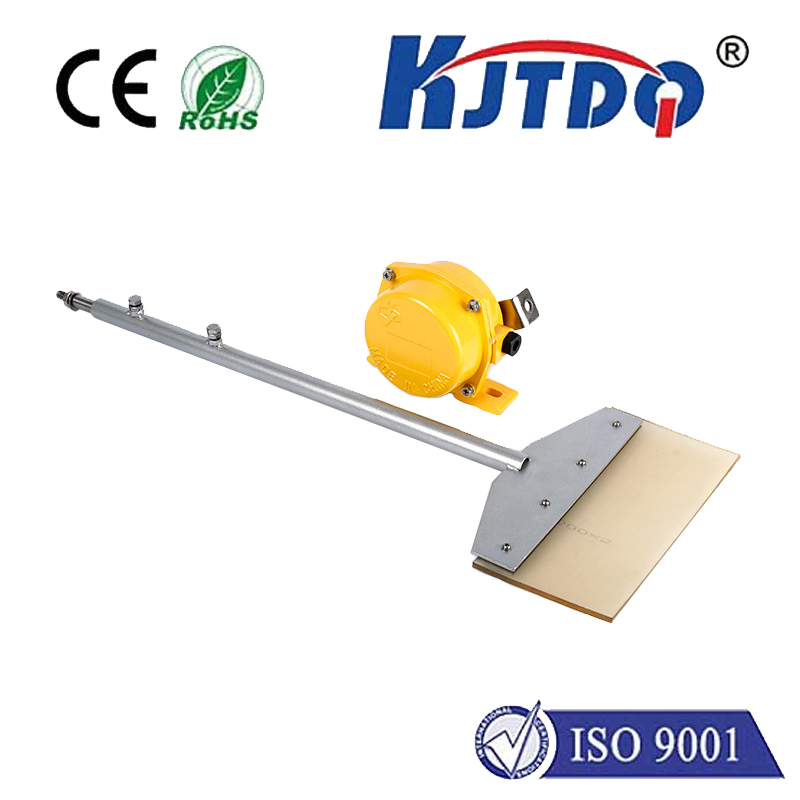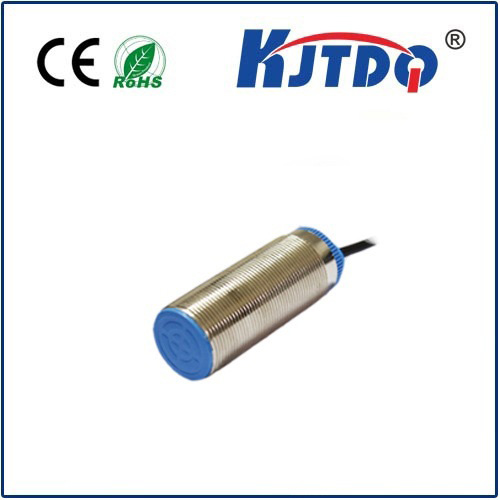temperature meter
- time:2025-08-24 02:10:35
- Нажмите:0
The Essential Guide to Temperature Meters: Your Key to Precision Measurement
From the delicate warmth of a newborn to the searing heat of industrial furnaces, temperature governs countless processes around us. Accurately monitoring this fundamental parameter isn’t just convenient; it’s often critical for safety, quality, efficiency, and scientific discovery. Enter the humble yet indispensable temperature meter – the unsung hero ensuring precision across countless domains. This guide delves into the world of these essential instruments, exploring their types, workings, and vital applications.
Beyond the Mercury: Understanding Modern Temperature Measurement
Gone are the days when the thermometer solely meant a glass tube filled with mercury. Today’s temperature meters encompass a vast array of sophisticated devices, each tailored for specific needs. At their core, all Датчик температуры detect thermal energy and convert it into a quantifiable signal – whether it’s the expansion of a liquid, a change in electrical resistance, or infrared radiation emission. The temperature meter itself is the device that interprets this signal and displays the reading, often offering features like data logging, alarms, and connectivity.
A Spectrum of Sensors: Choosing the Right Temperature Meter

Selecting the appropriate temperature meter hinges on the application’s requirements: range, accuracy, response time, environment, and budget. Here are the most common types of Датчик температуры feeding into modern meters:
- Thermocouples: These rugged workhorses generate a small voltage proportional to the temperature difference between two dissimilar metal junctions. They’re prized for their wide temperature range (from cryogenic levels up to extremely high temperatures), durability, fast response, and relatively low cost. Ideal for industrial processes, engine monitoring, and kilns. However, they typically require signal amplification and cold junction compensation within the temperature meter.
- Resistance Temperature Detectors (RTDs): Known for their high accuracy and stability over time, RTDs rely on the predictable change in electrical resistance of pure metals (like platinum) with temperature. While slightly slower and more expensive than thermocouples, they offer superior precision for laboratory settings, medical equipment calibration, and demanding industrial process control. The Pt100 sensor (platinum, 100 ohms at 0°C) is an industry standard.
- Thermistors: These semiconductor devices exhibit a large, predictable change in resistance with temperature changes. Negative Temperature Coefficient (NTC) thermistors are incredibly sensitive to small temperature changes over a limited range, making them perfect for applications like medical thermometers, automotive coolant monitoring, and battery packs. Positive Temperature Coefficient (PTC) thermistors are often used for over-temperature protection.
- Infrared (IR) Thermometers (Pyrometers): These non-contact temperature meters measure the thermal radiation emitted by an object’s surface. They are essential for measuring moving objects (like conveyor belts), hazardous environments (high voltage, extreme heat), or objects where direct contact is impossible or would affect the reading (like food surfaces). Accuracy depends heavily on the material’s emissivity setting on the temperature meter.
- Bimetallic Thermometers: Utilizing the principle that different metals expand at different rates when heated, these robust, mechanical devices often feature a coiled bimetallic strip moving an indicator needle. They are simple, cost-effective, and require no power, widely used in HVAC systems, industrial machinery gauges, and basic home appliances. While less precise than electronic counterparts, their reliability is exceptional.
How They Work: From Sensing to Display
The journey from heat source to temperature reading involves precise physics and clever electronics:
- The Sensor: The chosen temperature sensor (thermocouple, RTD, thermistor, etc.) interacts physically with its environment. Heat causes a change in its properties – generating a tiny voltage (thermocouple), altering electrical resistance (RTD, thermistor), or emitting infrared radiation (IR).
- Signal Conditioning: Most sensors produce very small or non-linear signals. The temperature meter’s circuitry amplifies the signal and often linearizes it (especially for thermocouples and thermistors), making the output proportional to temperature. For RTDs and thermistors, an excitation current is usually applied.
- Analog-to-Digital Conversion (ADC): The conditioned analog signal is converted into a digital format the meter’s microprocessor can understand and process.
- Processing & Display: Algorithms within the temperature meter interpret the digital signal, apply calibration factors, and convert it into a temperature value based on the sensor type. This value is then displayed digitally on the meter’s screen. Advanced meters may perform calculations, trigger alarms, or store the data.
Where Precision Matters: Key Applications of Temperature Meters
The reach of temperature meters is truly vast, underpinning modern life and industry:
- Industrial Process Control: Precise temperature regulation is critical in manufacturing chemicals, pharmaceuticals, plastics, metals, and food. Temperature meters ensure consistency, efficiency, and product quality while preventing dangerous runaway reactions.
- HVAC/R (Heating, Ventilation, Air Conditioning & Refrigeration): Maintaining comfortable indoor climates and preserving perishable goods relies heavily on accurate temperature monitoring. Sensors and temperature meters control boilers, chillers, air handlers, refrigerators, and freezers.
- Food Safety & Processing: From farm to fork, strict temperature control prevents bacterial growth. Temperature meters (especially fast-response probes and IR guns) are vital for checking cooking, holding, chilling, freezing, and storage temperatures to comply with HACCP regulations.
- Healthcare & Life Sciences: Accurate body temperature measurement is fundamental for diagnosis. Temperature meters (digital thermometers, IR ear/forehead thermometers) are ubiquitous. In laboratories, precise meters support research, sample incubation, sterilization (autoclaves), and storage (ultra-low freezers).
- Electronics & Automotive: Monitoring component temperature prevents overheating in computers, servers, power supplies, engines, and battery systems, ensuring performance, longevity, and safety. Thermistors are commonly embedded here.
- Environmental Monitoring & Research: Temperature meters track climate patterns, weather forecasting, water quality, soil conditions, and ecological studies, providing crucial data for understanding our planet.
- Energy Management: Optimizing building heating/cooling and monitoring industrial energy consumption heavily relies on accurate temperature measurement to identify inefficiencies and reduce costs.
Selecting Your Temperature Meter: Key Considerations
Choosing the right instrument goes beyond just the sensor type:
- Range and Accuracy: What temperatures do you need to measure, and how precise must the readings be? A high-temperature furnace demands different tools than monitoring room temperature.
- Response Time: How quickly do you need a reading? Surface probes are generally faster than penetration probes; thermocouples and thin-wire thermistors are faster than RTDs.
- Environment: Consider factors like humidity, chemical exposure, vibration, and the need for intrinsic safety (explosive atmospheres). Will the sensor be immersed, in contact, or remote? Non-contact IR temperature meters excel where contact is impossible.
- Display & Features: Do you need a simple digital readout, data logging capabilities, alarms, min/max recording, backlight, or connectivity (USB, Bluetooth, Wi-Fi)? Benchtop meters offer more features, handheld meters provide portability.
- Calibration & Traceability: For critical applications, ensure the temperature meter can be calibrated against known standards, with traceable documentation.
Maintaining Accuracy: The Imperative of Calibration
Нет!temperature sensor or temperature meter is perfect forever. Over time, components drift due to aging or harsh conditions. Regular calibration against a reference standard of known accuracy is absolutely essential to maintain confidence in your measurements. This is non-negotiable in regulated industries (pharma, food processing) and critical for

